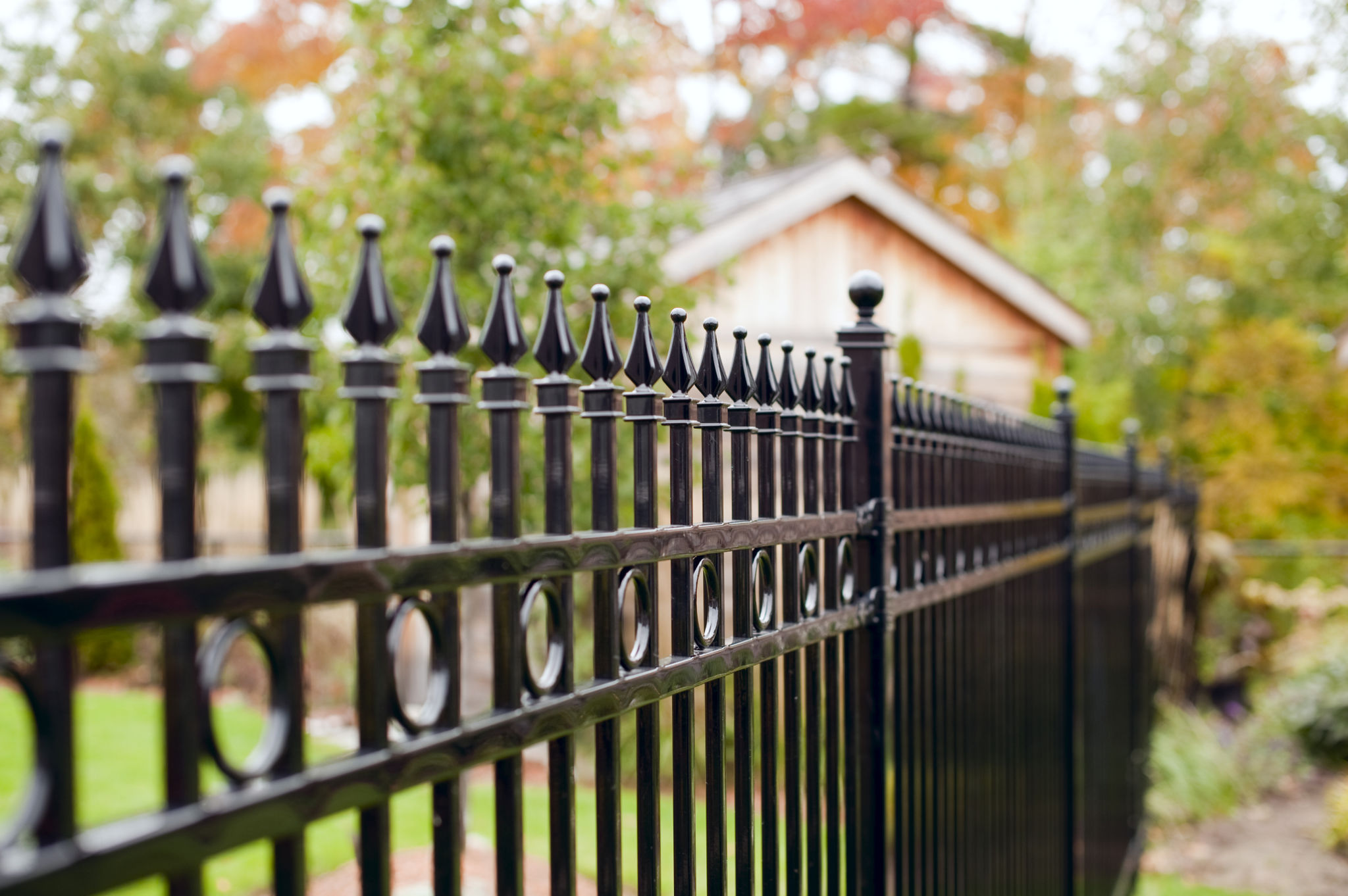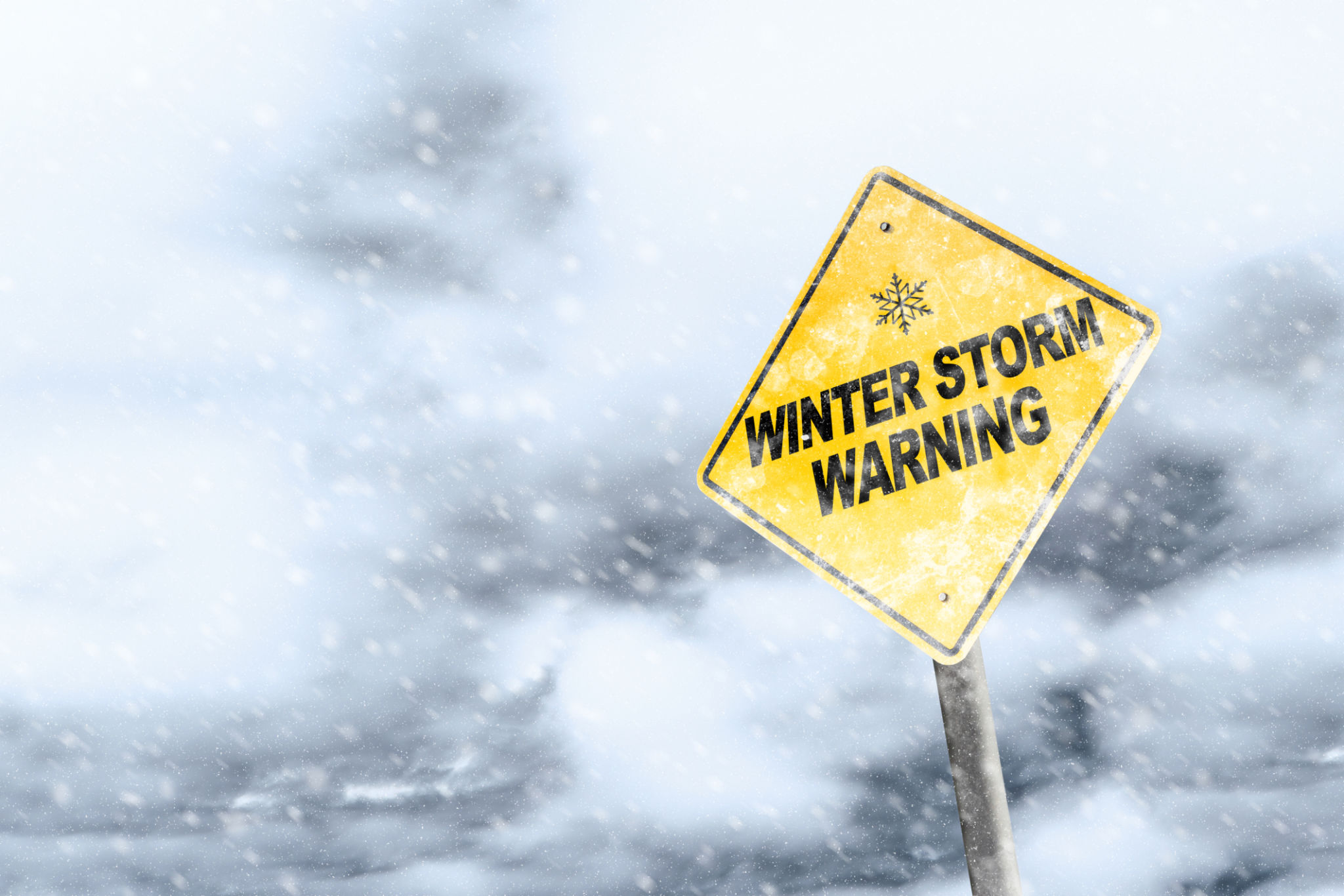How to Maintain Your Custom Fence in Anderson’s Climate
Understanding Anderson's Climate
Maintaining a custom fence in Anderson requires a good understanding of the local climate. Anderson experiences hot, humid summers and chilly winters, which can take a toll on your fence. The frequent rain and humidity can lead to moisture-related issues like rot and mold, particularly for wooden fences. Additionally, the temperature fluctuations can cause materials to expand and contract, potentially weakening the structure over time.

Regular Cleaning and Inspection
One of the most crucial steps in maintaining your fence is regular cleaning and inspection. Over time, dirt, debris, and mold can accumulate on your fence, leading to deterioration. Use a garden hose or a pressure washer to clean your fence at least once a year. For wooden fences, a soft brush can help remove stubborn dirt without damaging the surface.
During cleaning, inspect your fence for any signs of damage such as cracks, rust, or loose hardware. Early detection of these issues can prevent more significant problems in the future. Address any minor repairs immediately to maintain the integrity of your fence.
Protective Treatments for Wooden Fences
Wooden fences are particularly vulnerable to Anderson's humid conditions. To protect them, consider applying a waterproof sealant or wood preservative. These treatments help to prevent moisture absorption, thus reducing the risk of rot. It's advisable to reapply sealant every two to three years depending on exposure.

Alongside sealants, staining your wooden fence not only enhances its appearance but also provides an additional layer of protection against UV rays and moisture. Choose a high-quality stain that complements your landscape while offering long-lasting protection.
Metal Fence Maintenance
Metal fences, such as those made from aluminum or wrought iron, require a different approach. Regularly inspect for rust or corrosion, especially after rainy seasons. Removing rust spots with sandpaper or a wire brush followed by applying a rust-inhibiting primer can prolong the life of your metal fence.
For a fresh look and extra protection, consider repainting your metal fence every few years. Powder-coated finishes are especially effective for durability and protection against the elements.

Dealing with Vegetation
Vegetation like vines or shrubs growing too close to your fence can cause damage over time. These plants can trap moisture against the fence surface, leading to rot or rust. Regularly trim back any plants that contact your fence. This not only helps maintain your fence but also keeps your yard looking tidy.
Winter Preparations
Preparing your fence for winter is essential in Anderson's climate. Before the cold sets in, ensure all repairs are completed to prevent further damage from frost or snow. Clear away any leaves or debris that could hold moisture against the base of your fence.

If heavy snow is forecasted, gently brush off accumulated snow from your fence to prevent undue stress on the structure. Proper winter maintenance ensures that your fence remains sturdy and attractive year-round.
Conclusion
Maintaining a custom fence in Anderson’s climate requires regular effort and attention to detail. By following these tips—regular cleaning and inspections, applying protective treatments, managing vegetation, and preparing for seasonal changes—you can ensure your fence remains strong and visually appealing for years to come. A well-maintained fence not only enhances the beauty of your property but also provides security and privacy.